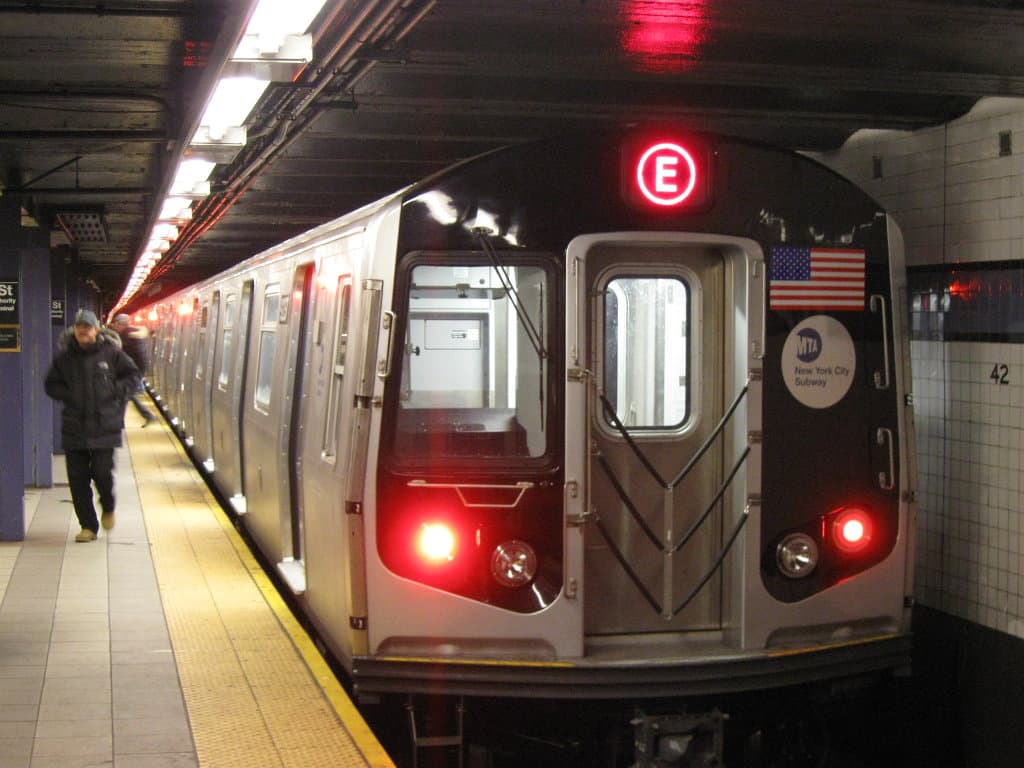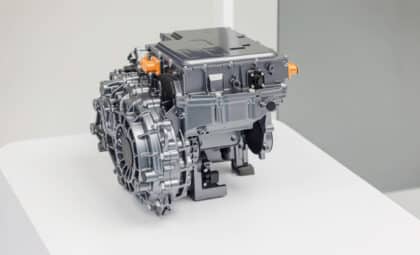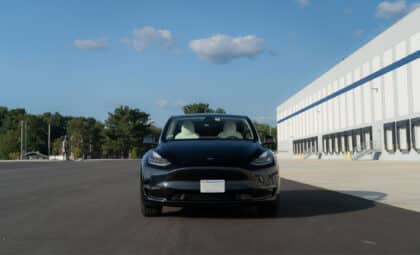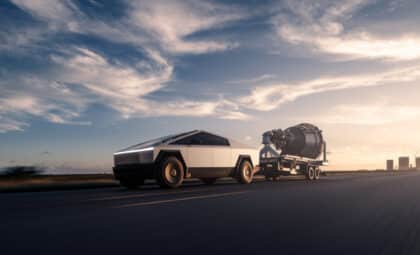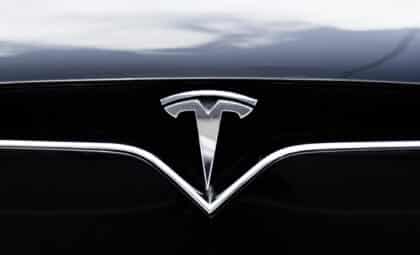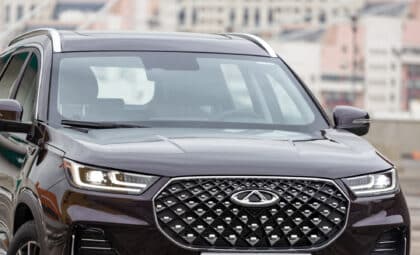Photo: Wikimedia Commons
In case you haven’t heard, this week Amazon announced that its second headquarters would be split between the Northern Virginia side of the Washington D.C. metro area and New York City. On one hand, the HQ2 announcement isn’t a real surprise considering that these are huge cities with a lot of the resources Amazon would look for in a new base. On the other hand, these metropolises are already so popular with so many other industries and companies that the addition of thousands of new employees could bring local transportation systems to their knees.
Consider A Green Car: Calculate how much gas and money you could save with better fuel efficiency
If you have a Twitter account (or spend a lot of time online at all), you know that the New York Subway is currently a mess that can’t keep up with growing demand. During heavy rains, there are often videos of water gushing onto the platforms and flooding the underground areas. Signal issues leave passengers stranded on trains, and tracks are routinely shut down for construction.
When it comes to D.C., its Metro subway system had to shut down in 2016 for 29 hours to repair electrical cables that were catching fire. While it quickly addressed an emergency problem, the Wall Street Journal wrote in February of this year that the system is ailing and in need of cash for improved maintenance and upgrades. These are two of the busiest public transit systems in the U.S., and while no one expects perfection they don’t really seem ready to welcome 25,000 new commuters and their families each (who also have places to go).
These commuters won’t fit on the roads, either. According to SmarterTravel, New York City has the second worst traffic in the nation with about 91 hours stuck in traffic during peak times. Washington D.C. came in sixth place with 63 hours. Seattle, Amazon’s current headquarters, comes in ninth place with 55 hours stuck in traffic.
How Much? Look at how much your current car is worth before you head to a dealership
Both cities claim that they have plans to improve their transport before the new HQ2 locations are operational. However, Amazon is reportedly going to start hiring people for the new jobs in 2019. We’ll see if the historically slow sector of public transit can work fast enough to meet demands or if gridlock is on the horizon.
News Sources: SmarterTravel, The Wall Street Journal, Wired, USA Today

